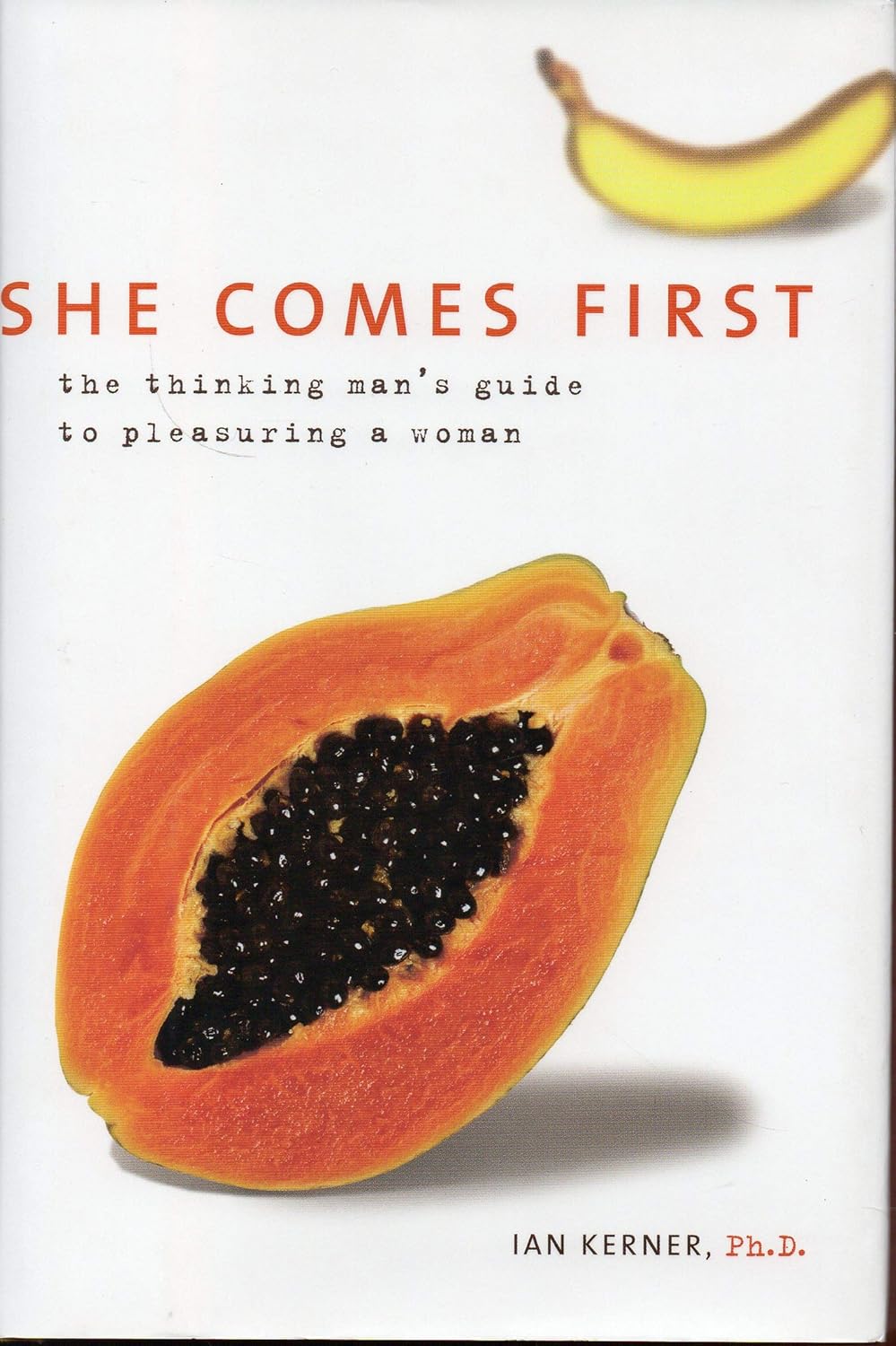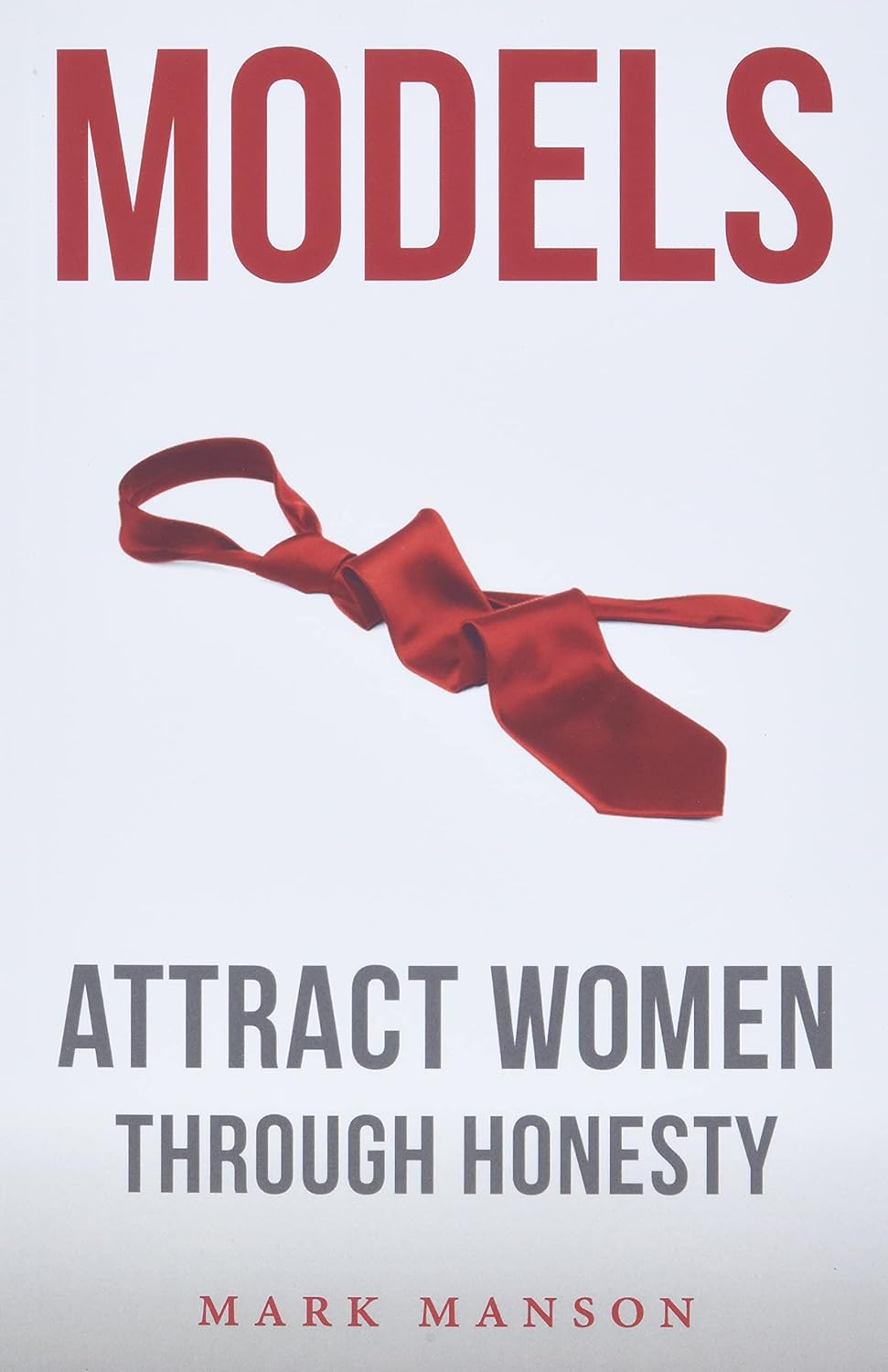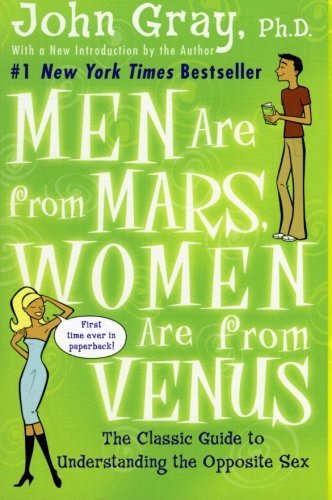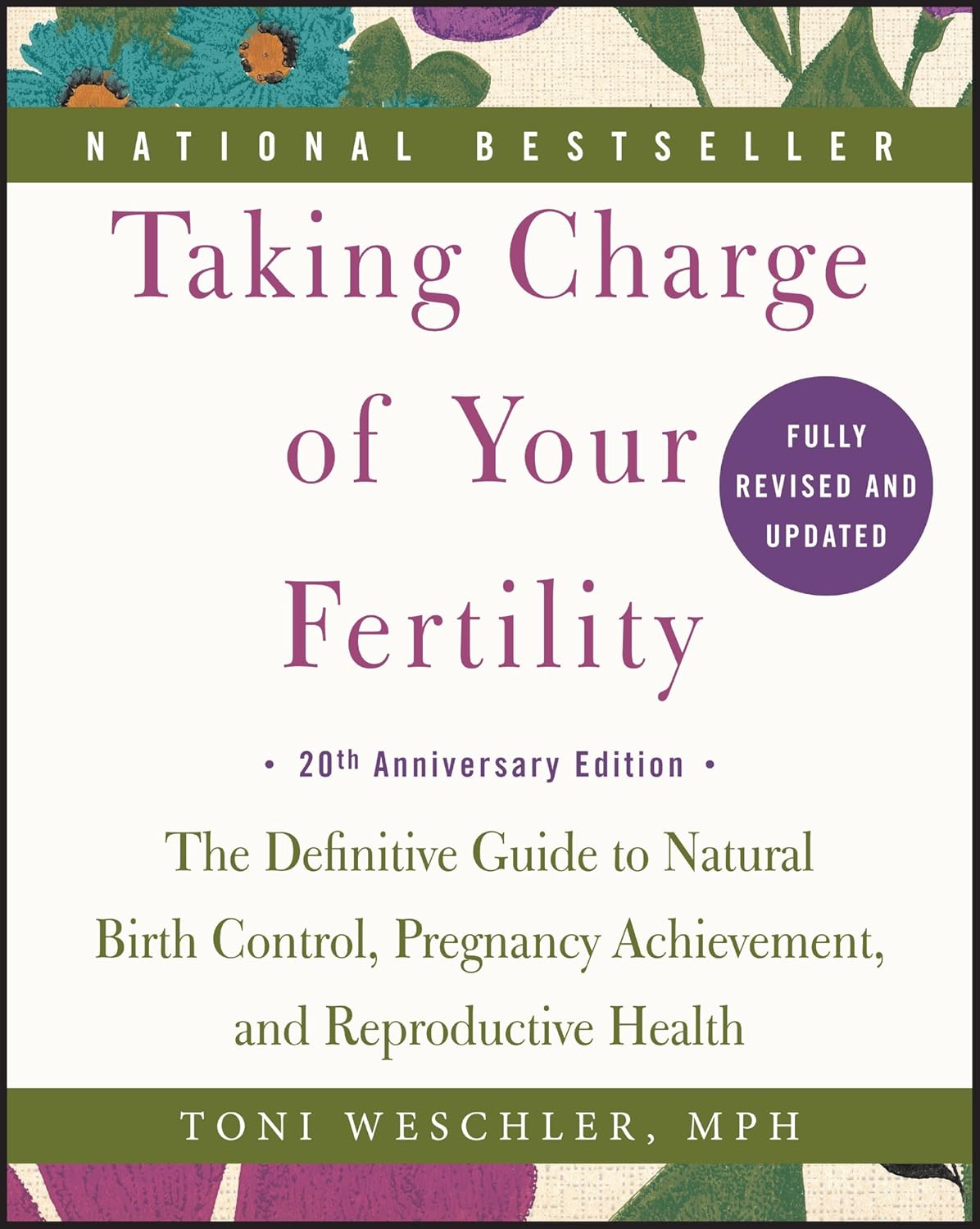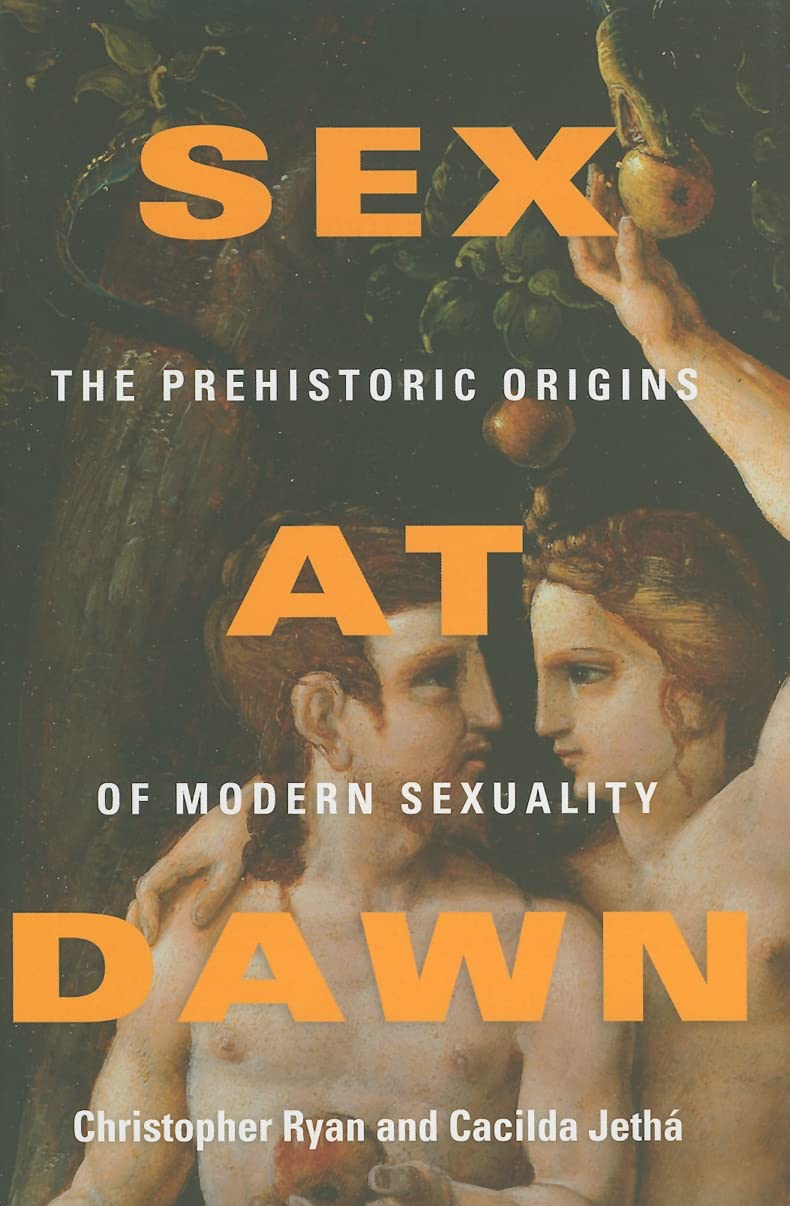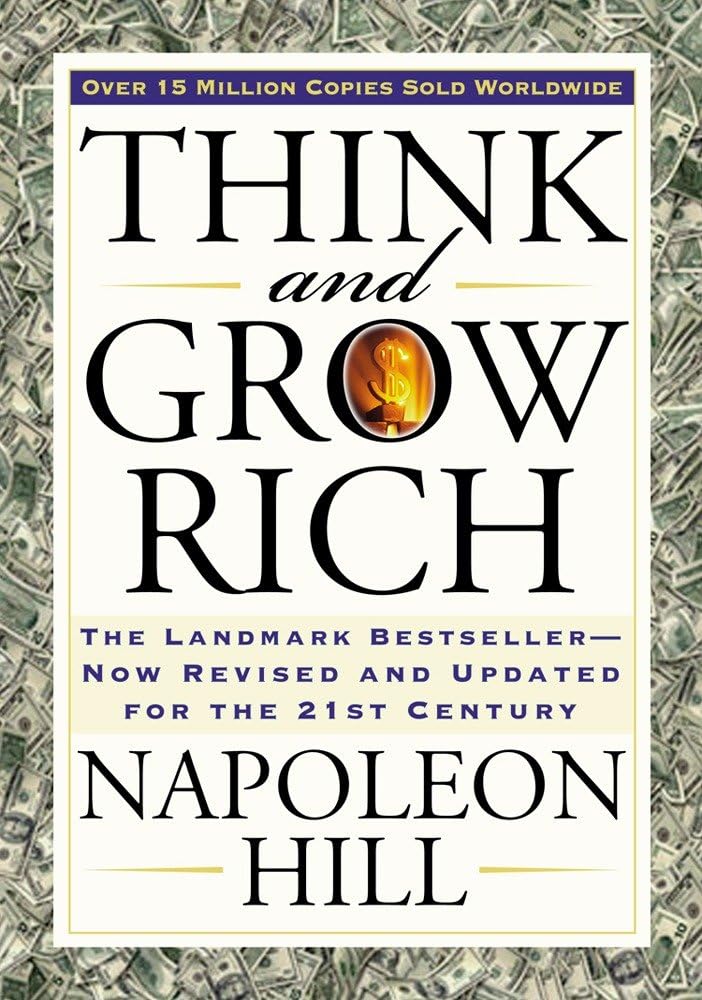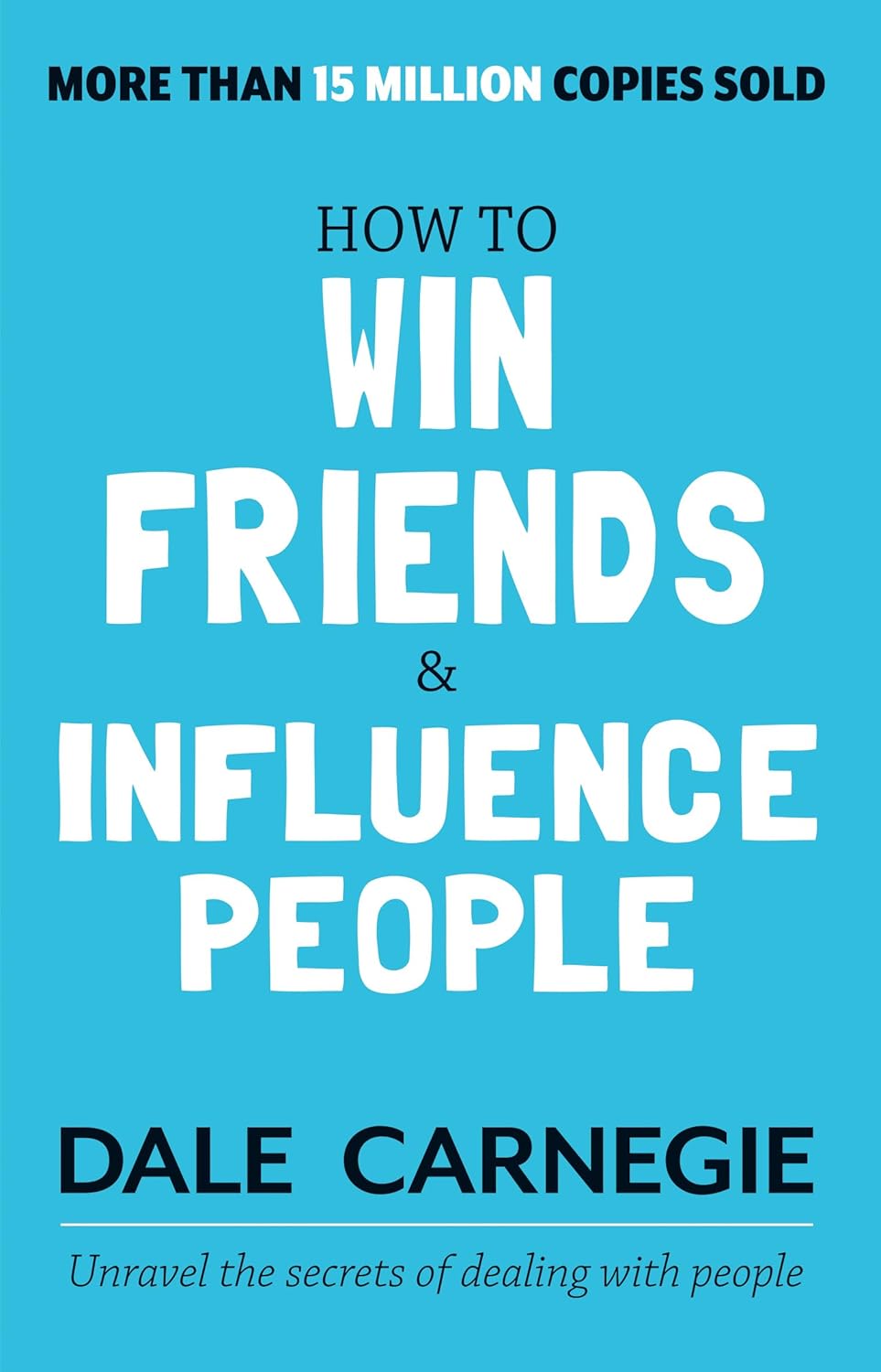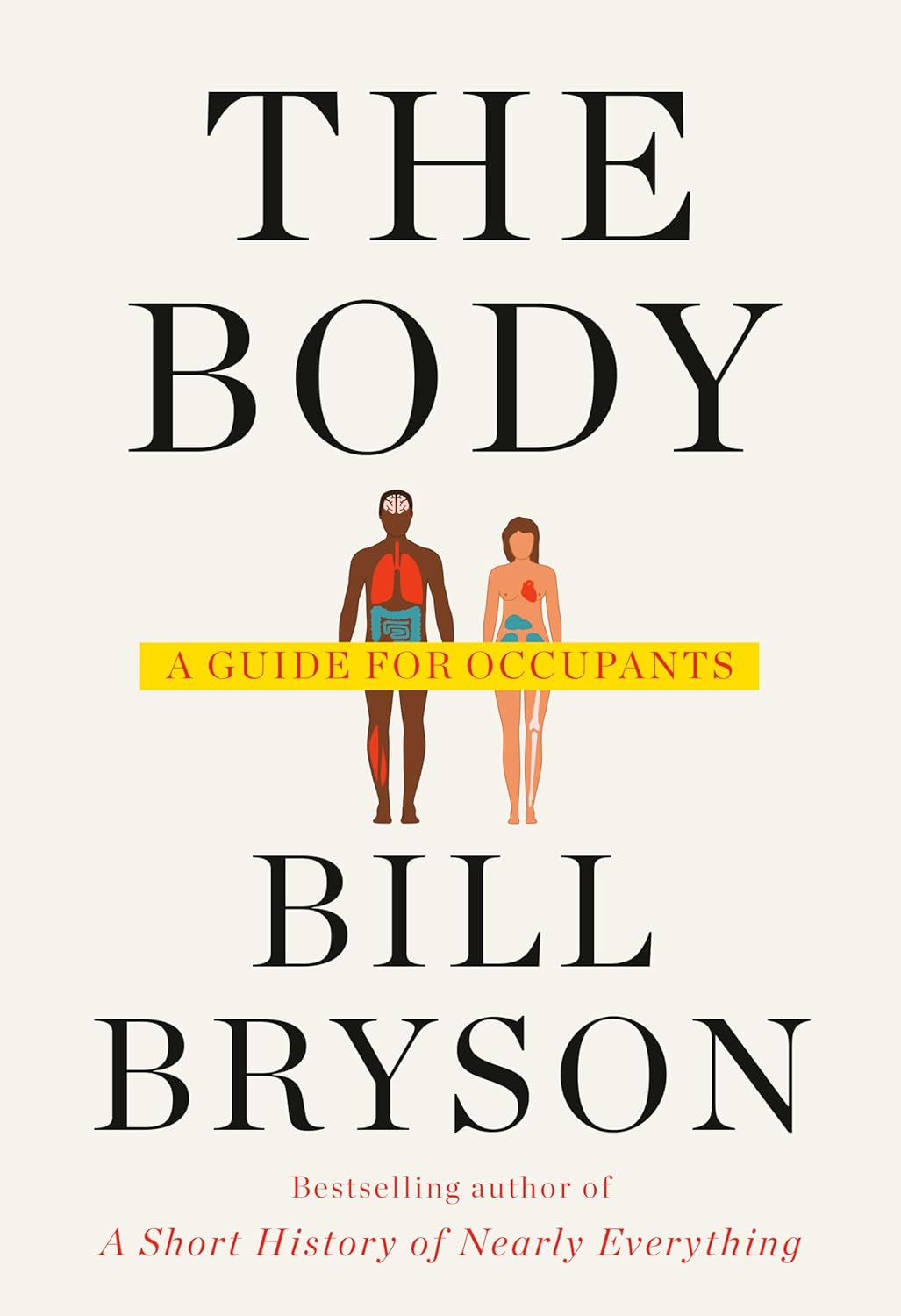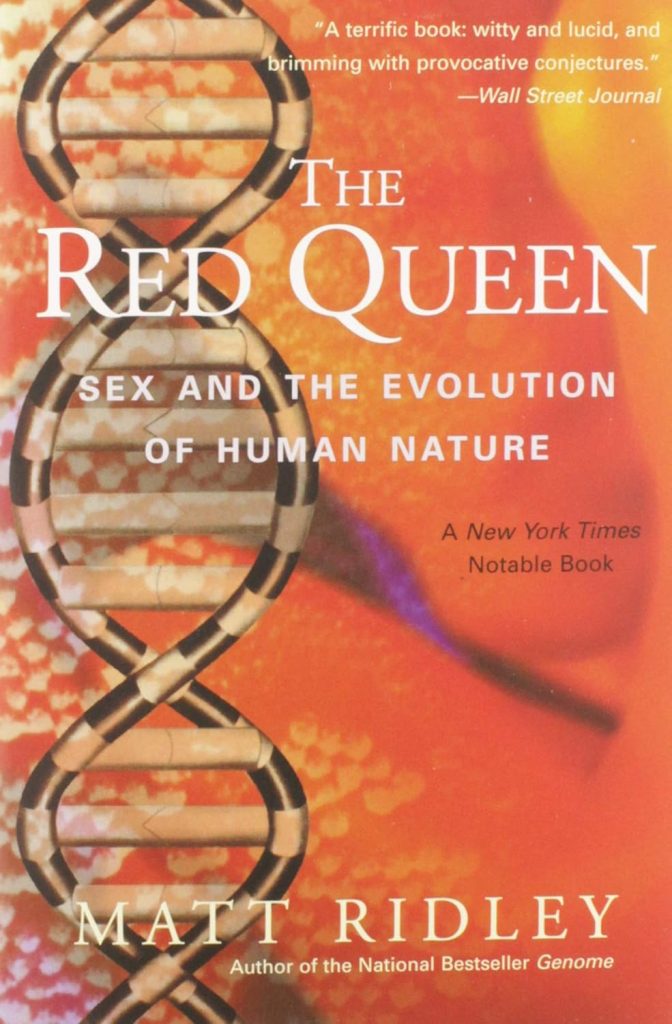
Buy The Book
Chapter
- ✦ Chapter 1: Human Nature
- ✦ Chapter 2: The Enigma
- ✦ Chapter 3: The Power of Parasites
- ✦ Chapter 4: Genetic Mutiny and Gender
- ✦ Chapter 5: The Peacock’s Tale
- ✦ Chapter 6: Polygamy and the Nature of Men
- ✦ Chapter 7: Monogamy and the Nature of Women
- ✦ Chapter 8: Sexing the Mind
- ✦ Chapter 9: The Uses of Beauty
- ✦ Chapter 10: The Intellectual Chess Game
The Red Queen: Sex and the Evolution of Human Nature
About
This book delves into the evolutionary mechanisms that have shaped human sexual behavior, drawing on the concept of the “Red Queen” hypothesis—an evolutionary arms race where organisms must continually adapt to survive. Matt Ridley explores how sexual selection influences human traits, from physical characteristics to intelligence and social behaviors. By analyzing biology, psychology, and genetics, the book provides a compelling argument that much of human nature is a result of evolutionary pressures designed to enhance reproductive success. Using engaging storytelling and scientific research, Ridley presents a fascinating perspective on why humans behave the way they do in relationships, attraction, and mate selection.
Matt Ridley is a British science writer, journalist, and businessman known for his works on evolution, genetics, and human behavior. With a background in zoology, he has authored multiple bestselling books that make complex scientific concepts accessible to a broad audience. His writing is praised for its clarity, wit, and insightful analysis of evolutionary theory.
For People
– Readers interested in evolutionary biology
– Psychology and human behavior enthusiasts
– Those curious about the science behind attraction and relationships
– Fans of thought-provoking nonfiction
– Individuals interested in genetics and natural selection

Spark
Review
Like this
✦ Chapter 1: Human Nature
Natural instincts shape human behavior, influencing choices, desires, and interactions. The constant struggle for survival and reproduction has molded physical traits, intelligence, and social dynamics. Every action, from cooperation to competition, carries the imprint of evolutionary pressures. Attraction, courtship, and relationships emerge not purely from culture but as strategies honed over generations to maximize reproductive success. The mind, like the body, has been sculpted by the relentless forces of natural selection, favoring traits that improve the chances of passing on genes.
Sexual selection plays a crucial role in this process. The need to attract mates and outcompete rivals has driven the evolution of intelligence, creativity, and even morality. The complexity of human behavior stems from the intricate balance between competition and cooperation, self-interest and altruism. Traits such as kindness, ambition, and even humor may have developed as evolutionary strategies to increase reproductive success.
The desire to form relationships, create social bonds, and seek status within a group can be traced back to these evolutionary forces. Survival is not just about an individual’s strength but also about alliances, reputation, and the ability to navigate social hierarchies. Even seemingly irrational human behaviors, such as jealousy or romantic obsession, can be understood through the lens of natural selection. At the core of human nature lies an ongoing battle between inherited instincts and the ever-changing environment. Adaptation remains key, ensuring survival in an unpredictable world, where the need to reproduce and pass on genes remains a dominant force.
✦ Chapter 2: The Enigma
The existence of sex as a reproductive strategy presents a paradox. Asexual reproduction appears more efficient, yet sexual reproduction dominates in nature. The mixing of genes, despite its costs, offers advantages that outweigh its inefficiencies. The constant battle against parasites and diseases demands genetic variation, ensuring that offspring inherit a unique combination of traits that enhance survival. Without this genetic reshuffling, populations risk stagnation and vulnerability to evolving threats.
Sexual reproduction also generates diversity, increasing adaptability. The interplay between genes and environment determines which traits persist across generations. Mate selection, driven by instinct and preference, refines this process, favoring characteristics that indicate genetic fitness. The puzzle of why sex persists remains deeply intertwined with the necessity of evolution itself. The relentless competition between organisms and their parasites fuels an endless evolutionary arms race, reinforcing the importance of genetic recombination.
Beyond immunity, sex plays a role in shaping intelligence and behavior. Traits such as wit, problem-solving ability, and creativity may have evolved because they provided advantages in attracting mates. The ability to impress a potential partner often requires demonstrating cognitive strength, which in turn drives intellectual development. This process helps explain why human intelligence has advanced so dramatically compared to other species.
Ultimately, the persistence of sex as a reproductive strategy highlights its significance in maintaining genetic health. The high costs of sexual reproduction are outweighed by the benefits, ensuring that populations remain resilient against environmental changes, pathogens, and other evolutionary pressures.
✦ Chapter 3: The Power of Parasites
Parasites exert an immense influence on evolution, shaping the survival strategies of their hosts. Constantly adapting to overcome immune defenses, they drive the necessity for genetic variation. Hosts, in turn, must evolve mechanisms to resist these ever-changing threats. This perpetual struggle fuels the need for sexual reproduction, which provides offspring with a genetic mix that enhances immunity.
Beyond physical defenses, behavior also plays a role in this battle. Mate selection often prioritizes traits signaling resistance to disease, ensuring stronger genetic inheritance. The preference for certain physical features or behaviors often reflects an unconscious assessment of health and resilience. This dynamic extends beyond individuals to entire populations, influencing cultural norms and social structures. The interaction between parasites and hosts serves as a fundamental force in shaping not only biology but also the way species, including humans, navigate the complexities of reproduction and survival.
Sexual selection may also serve as a tool against parasites. Bright plumage in birds, symmetrical features in humans, and other markers of genetic health act as signals of resistance to disease. These traits become desirable in mate selection, reinforcing the cycle of evolutionary adaptation.
The influence of parasites extends beyond the physical realm into social behavior. Certain instincts, such as disgust or aversion to illness, may have evolved as mechanisms to avoid infection. The ongoing struggle between hosts and parasites remains a driving force in evolution, ensuring that genetic variation and natural selection continue to shape the survival of species.
✦ Chapter 4: Genetic Mutiny and Gender
Genes engage in a constant struggle for dominance, sometimes acting in ways that favor their own replication at the expense of the organism. This internal conflict influences the development of gender differences. Males and females follow distinct reproductive strategies, shaped by their genetic interests. Males often compete for access to mates, while females invest more in offspring, ensuring their survival. These differing priorities drive the evolution of gender roles and behaviors.
Sexual selection magnifies these differences, rewarding traits that enhance reproductive success. Physical attributes, behaviors, and even social structures emerge from this genetic tug-of-war. The balance between cooperation and competition within reproduction ensures that no single genetic strategy dominates entirely. The interplay of genes, environment, and selection pressures continuously reshapes gender-related traits, maintaining diversity within populations.
The genetic struggle between males and females extends to the level of parental investment. Males, who can father many offspring with minimal investment, often develop strategies to maximize their reproductive success. Females, who must invest more time and resources into each child, tend to be more selective in choosing mates. These opposing strategies create an evolutionary battleground, shaping everything from body size differences to mating behaviors.
Even within the genome, conflicts arise. Certain genes may favor maternal inheritance, while others promote paternal traits. This internal competition further influences development and behavior. The ongoing battle between genetic interests ensures that gender remains a dynamic and evolving aspect of life, continually adapting to environmental pressures and reproductive challenges.
✦ Chapter 5: The Peacock’s Tale
Ornamentation and display play a crucial role in mate selection. Extravagant traits, like the peacock’s tail, serve as signals of genetic fitness, demonstrating an individual’s ability to survive despite the apparent disadvantages of such features. These traits arise from sexual selection, where competition for mates favors characteristics that indicate strength, health, or superior genes.
The preference for beauty and display exists across species, including humans. Intelligence, creativity, and social status often function as equivalents to physical ornamentation, serving as markers of desirability. The pursuit of these traits drives cultural and intellectual advancements, reinforcing the link between sexual selection and human progress. The desire to attract mates influences behaviors, ambitions, and even societal structures, shaping the trajectory of evolution far beyond mere survival.
While physical attractiveness plays a role, other traits such as humor, confidence, and artistic ability also serve as signals of genetic strength. These attributes may have evolved because they indicate intelligence, social skills, or problem-solving abilities—qualities that enhance reproductive success. The ability to entertain, persuade, or lead can be just as valuable in mate selection as physical attributes.
Sexual selection extends beyond individual traits to social structures. The formation of hierarchies, competition for status, and even economic success can be understood through the lens of reproductive advantage. The drive to display desirable qualities continues to shape human culture, ensuring that the principles of sexual selection remain deeply embedded in both biology and society.
✦ Chapter 6: Polygamy and the Nature of Men
Mating strategies in males evolve around maximizing reproductive success. The ability to father numerous offspring with minimal investment encourages competition for mates, leading to behaviors that favor dominance, status, and resource accumulation. Across cultures and species, males often seek multiple partners, a tendency shaped by evolutionary pressures rather than social constructs. The variability in male reproductive success reinforces this strategy—some father many offspring, while others leave none.
Physical and behavioral differences between men and women emerge from these reproductive pressures. Traits such as aggression, ambition, and risk-taking develop as advantages in securing mates and ensuring genetic legacy. The existence of polygamous societies highlights this tendency, where high-status men monopolize reproductive opportunities while others struggle for access. This pattern appears in both history and nature, suggesting deep evolutionary roots.
Despite these instincts, social structures sometimes impose monogamy, restraining male reproductive strategies. Cultural norms and legal systems regulate mating behavior, ensuring stability within societies. However, the underlying biological drive remains, influencing everything from courtship rituals to economic competition. The pursuit of wealth, power, and influence often serves as an indirect strategy to attract mates, reinforcing traditional patterns of male behavior. While environmental and cultural factors shape expression, the fundamental nature of male reproductive strategies remains an outcome of evolutionary forces.
✦ Chapter 7: Monogamy and the Nature of Women
Female reproductive strategies differ fundamentally from those of males, shaped by the need for security and investment in offspring. With a limited number of eggs and a significant commitment to pregnancy and child-rearing, women tend to be more selective in choosing mates. This preference favors qualities that indicate stability, protection, and resource availability, ensuring the survival of both mother and child.
Long-term bonding benefits women by securing consistent support from a partner. While some societies allow polygamy, most enforce monogamy, aligning with female reproductive needs. Emotional attachment and loyalty enhance the likelihood of paternal investment, increasing the chances of raising successful offspring. The preference for traits such as kindness, ambition, and reliability reflects this evolutionary strategy.
Infidelity, though often condemned, serves an evolutionary function. Seeking genetic diversity or superior traits outside of a primary partnership occasionally enhances offspring viability. However, the risks associated with such behavior—social ostracization, loss of support, or conflict—necessitate discretion. Women balance reproductive advantages with social and emotional stability, navigating a complex interplay between instinct and societal expectations.
The structure of relationships reflects these evolutionary forces. Whether through monogamy, serial partnerships, or hidden strategies, the drive for reproductive success shapes female behavior. Emotional intelligence, communication skills, and social awareness become tools for managing relationships, securing stability, and ensuring the best possible conditions for offspring. The constant negotiation between personal desires and evolutionary imperatives defines the nature of female reproductive strategies.
✦ Chapter 8: Sexing the Mind
Cognitive differences between men and women result from evolutionary pressures that shaped distinct survival and reproductive strategies. While both sexes share intelligence, the ways in which they process information, solve problems, and interact socially differ due to specialization over generations. Males often excel in spatial reasoning, aggression, and risk-taking, reflecting the historical demands of hunting, competition, and territorial defense. Females, by contrast, demonstrate stronger verbal skills, emotional intelligence, and social intuition, essential for nurturing, cooperation, and maintaining group cohesion.
These psychological differences influence everything from career preferences to problem-solving approaches. While culture and education play roles, underlying biological factors contribute to cognitive patterns observed across societies. Hormonal influences, particularly testosterone and estrogen, further shape temperament, decision-making, and emotional responses.
Mate selection also plays a role in cognitive specialization. Intelligence, creativity, and wit serve as indicators of genetic fitness, making mental traits just as important as physical ones in attracting partners. Women tend to favor intelligence and ambition in men, while men often prioritize youth and beauty, reflecting different reproductive strategies.
Despite these differences, adaptability remains a key trait in human evolution. Both sexes benefit from diverse cognitive abilities, allowing flexibility in social roles and problem-solving. While natural selection favors specialization, the ability to learn, adapt, and cooperate ensures survival in an ever-changing environment. The mind, like the body, remains a product of evolutionary pressures, shaped by the demands of reproduction and survival.
✦ Chapter 9: The Uses of Beauty
Physical attractiveness serves as more than just an aesthetic preference—it functions as a biological signal of health, fertility, and genetic fitness. Symmetry, clear skin, and proportional features indicate good genes and resistance to disease, making beauty a key factor in mate selection. These preferences appear across cultures and remain remarkably consistent, suggesting deep evolutionary roots rather than arbitrary societal standards.
The emphasis on beauty differs between sexes. Men, driven by reproductive strategies that prioritize fertility, often prefer youth and physical traits associated with high reproductive potential. Women, while valuing appearance, also seek indicators of status, intelligence, and resource availability, reflecting their need for long-term security. This asymmetry explains why beauty standards apply more strictly to women, while men are judged on a broader set of attributes.
However, beauty is not just about reproduction—it also influences social status and power. Attractive individuals often receive favorable treatment, increased opportunities, and higher social standing. This advantage reinforces the importance of appearance, making grooming, fashion, and self-presentation essential tools for success.
Cultural evolution builds upon biological instincts, shaping beauty trends and ideals over time. While some standards shift, the underlying preference for health and fertility remains constant. The role of beauty extends beyond mere attraction—it affects relationships, social dynamics, and even economic opportunities. The power of physical appearance, rooted in evolutionary imperatives, continues to shape human behavior and societal structures.
✦ Chapter 10: The Intellectual Chess Game
Human intelligence evolves not just for survival but also as a tool for competition, attraction, and social maneuvering. The ability to outthink rivals, strategize complex interactions, and manipulate social dynamics provides a reproductive advantage, making intelligence a key trait in mate selection. Creativity, humor, and problem-solving skills become markers of genetic fitness, signaling mental agility and adaptability.
Sexual selection plays a significant role in the development of intellect. Just as a peacock’s tail signals strength despite its impracticality, human intelligence serves as an extravagant display of evolutionary success. The ability to compose music, tell stories, or master abstract concepts demonstrates superior cognitive ability, making these traits desirable. Women, in particular, favor intelligence and wit in potential partners, reinforcing the evolutionary importance of mental faculties.
Beyond romance, intelligence influences status, leadership, and social success. The ability to navigate complex relationships, predict outcomes, and persuade others ensures dominance in competitive environments. Intellectual ability intertwines with social skills, allowing individuals to form alliances, avoid conflicts, and maximize opportunities.
The interplay between intelligence and sexual selection drives cultural and technological advancements. The pursuit of knowledge, artistic expression, and innovation stems not only from curiosity but also from the need to impress, attract, and secure social standing. The mind, shaped by evolutionary pressures, remains a battleground where intellect, creativity, and strategy define success in both reproduction and social influence.






